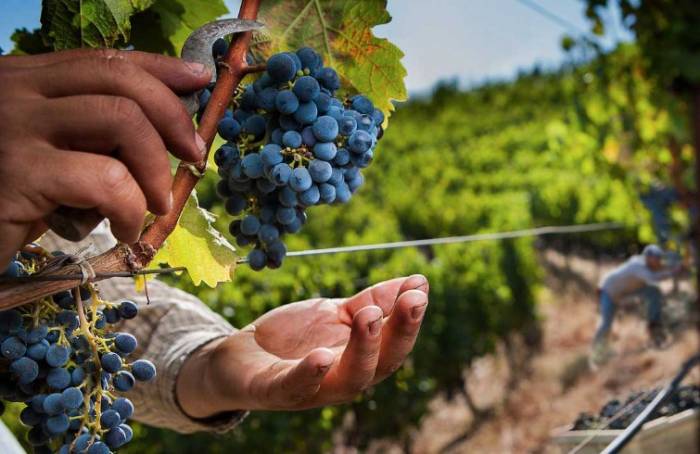
France is set to see a significant rebound in wine production in 2025, with volumes expected to reach between 40 and 42.5 million hectoliters, according to the first forecast released by Agreste, the statistics division of the French agriculture ministry. This marks an increase of up to 17% compared to last year’s harvest, which was severely affected by adverse weather and resulted in the smallest yield in more than six decades at just 36.3 million hectoliters.
The recovery is most notable in Burgundy, Champagne, and the Loire Valley, regions that suffered from difficult growing conditions in 2024. This year, more favorable weather has supported healthy grape development and limited disease pressure. Agreste reported that the dry and hot start to summer helped prevent major outbreaks of vine diseases, and so far, there have been no significant weather events disrupting the growing season.
Burgundy experienced some local hail damage but otherwise benefited from good weather. The region is expected to see a substantial increase in production after struggling with severe mildew last year. In the Loire Valley, vineyards are reported to be healthy, and production is forecast to rise above both last year’s level and the five-year average, despite isolated hail incidents.
Champagne has also avoided major weather or grape health issues this season. Production volumes are projected to significantly exceed those of 2024 and approach the region’s average output. In Bordeaux, flowering went smoothly and dry conditions kept mildew at bay. Even after growers removed about 8,000 hectares of vines since last year as part of ongoing grubbing-up plans, yields are expected to match those of 2024.
Languedoc-Roussillon is also on track for a better harvest following beneficial rainfall earlier in the season. Production is forecast to rise compared to last year, despite more than 10,000 hectares of vines being uprooted since the previous harvest. Grape development is progressing normally across the region, with mildew under control. However, the Grenache variety has been affected by coulure—a condition where grape flowers fail to develop into fruit.
Agreste noted that grape development is ahead of schedule in many French wine regions this year. Early flowering was observed in Burgundy, early ripening in the Loire Valley, and an early harvest is expected in Champagne. In Bordeaux, grapes are developing 10 to 12 days ahead of their usual timeline.
Despite these positive trends, some areas are seeing their production increases offset by ongoing efforts to reduce vineyard area. Since last year’s harvest, more than 20,000 hectares have been grubbed up across Bordeaux, southwest France, and Languedoc-Roussillon as part of broader restructuring plans.
France is expected to maintain its position as the world’s second-largest wine producer behind Italy in 2025. The country has faced several years of volatile production due to climate-related challenges such as spring frosts, hailstorms, droughts, and heavy rainfall.
Neighboring Italy is projected to produce around 45 million hectoliters this year according to Coldiretti, the national farmers’ union. Italian growers also faced drought and episodes of bad weather but benefited from high temperatures that accelerated ripening and led to an early harvest start. Grape quality is reported as good to excellent with fungal diseases under control.
In Spain, wine and must production is estimated at between 37.5 and 38 million hectoliters for this year by Cooperativas Agro-alimentarias, up from about 31 million hectoliters in 2024.
Agreste will provide an updated forecast for French wine production in September with more detailed regional breakdowns as the harvest progresses. For now, producers across France are optimistic about a return to more typical volumes after a challenging period marked by extreme weather events.

Dining and Cooking